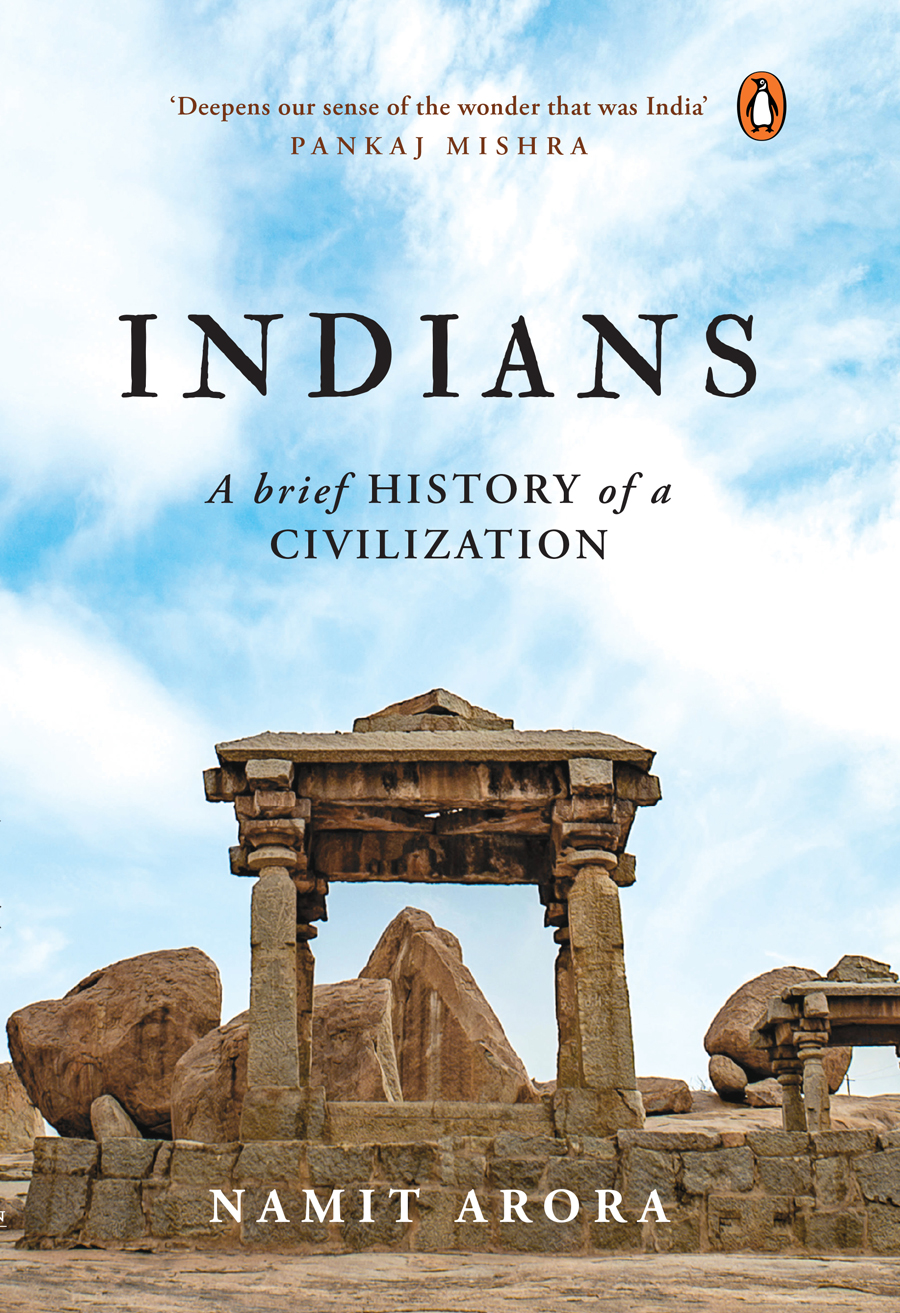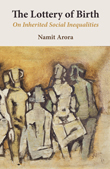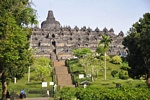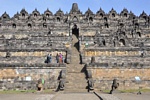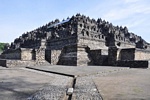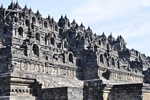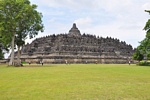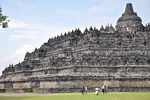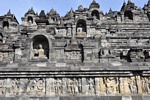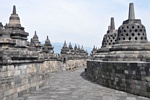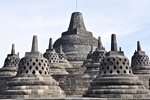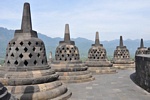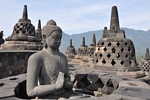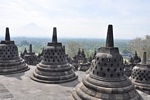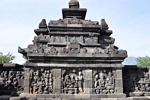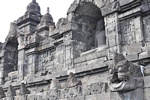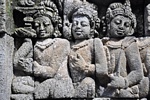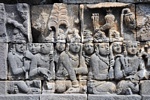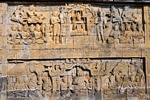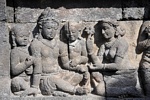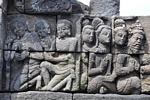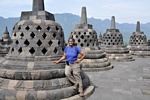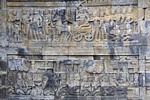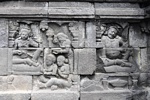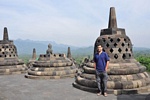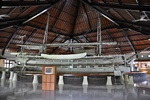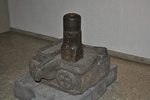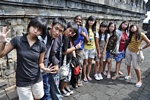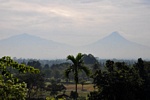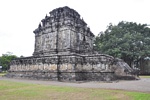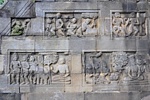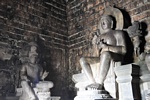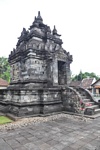Borobudur, Indonesia
Borobudur stupa is the world's largest Buddhist monument (as large as a Giza pyramid) and a UNESCO World Heritage site. Located near the city of Jogjakarta on the island of Java, it's a stunning remnant of the days when the Dharmic religions were politically ascendant in the islands. It was commissioned and built between 800 and 900 CE by the local monarchs so that devotees need not travel all the way to India for spiritual pilgrimage. Drawing Buddhist pilgrims from as far away as China, its grandeur would have raised the stature of the local monarchs in the eyes of the Buddhist world, which at the time encompassed the whole of southern and eastern Asia. Some say that the site was chosen for being surrounded by three volcanoes, which can be seen in the near distance, and the confluence of two rivers, meant to represent the Ganga and Jamuna of India.
It took two generations of workers to fashion the remarkable monument from over 2 million little blocks of lava rock, gathered from the nearby volcanoes, then grooved and notched to fit into place like a 3D jigsaw puzzle for the gods. The massive black stupa must have been impressive, rising above a sea of unbroken jungle, like a lotus floating on a green pond. When it was completed, the pious meditated as they slowly circumambulated its 10 levels.
Going upward from the bottom, levels 2-6 are covered by scenes from Buddha's life and teachings, carved in low relief, each one of the 3,000 panels entirely unique. These levels are meant to represent the concerns of this material existence. On the next 4 layers one sees only bell-shaped stupas and statues of the Buddha, which represent increasing degrees of perfection and proximity to Nirvana. Altogether, Borobudur monument is adorned with 555 Buddha statues. Its 10 tiers form a mandala when viewed from the sky (which no one in those days could have done). The resulting symmetries and geometries make for an immersive experience of entering a hallowed place. In those days there would have been thousands of monks from all over Asia, making it a great religious center.
A surprising feature of the monument is the degree to which the artisans mimicked the Indian style of sculpture and relief. They nearly replicated the look and feel of contemporary Indian Buddhist carvings, while creating an original design for the stupa as a whole. Many of the relief panels are simpler in scope than those from ancient India, yet the craftsmen reproduced very well the fine and nuanced expressiveness of the faces, similar to what one sees on Indian stupas and temples of that period. To accomplish this, legions of Indian craftsmen were brought in to teach, train, and work alongside the local craftsmen. Many of them married in and stayed on here for the rest of their lives.
The stupa at Borobudur was in use for only 150 years before the site was abandoned. The local populations fled eastward (probably to Bali), possibly because of insurmountable devastation caused by a volcanic eruption. Thereafter, the monument fell to ruins and was reclaimed by the jungle for almost 800 years. It was finally uncovered by the Dutch and English during colonial times. [—Usha Alexander, Aug 2009]
From 9th cent. BCE (more) |
A Buddhist pilgrimage site |
Made of lava rock |
|
Nine platforms (1, 2) |
|||
Stupas on top three levels |
Near two volcanoes (more) |
More perforated stupas |
|
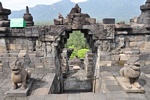 |
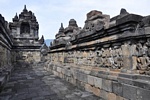 |
||
Niches and statues |
|||
Carved panels |
Carved panels |
||
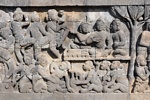 |
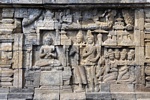 |
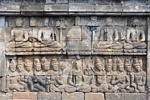 |
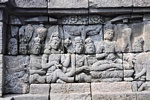 |
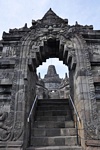 |
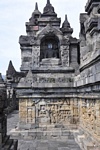 |
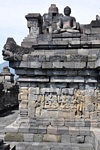 |
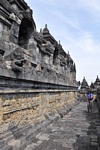 |
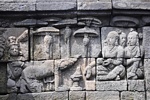 |
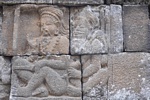 |
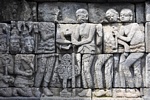 |
|
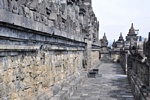 |
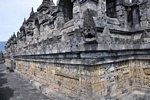 |
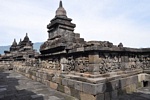 |
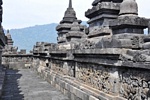 |
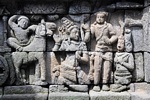 |
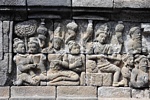 |
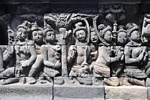 |
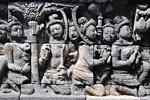 |
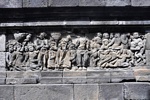 |
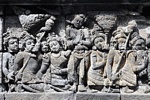 |
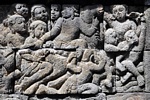 |
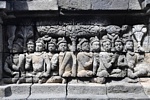 |
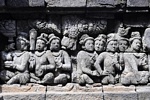 |
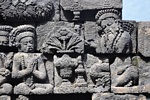 |
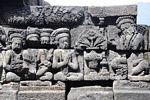 |
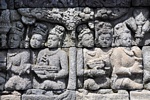 |
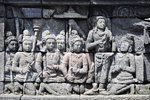 |
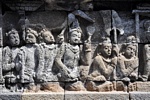 |
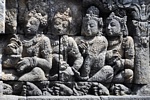 |
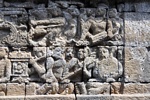 |
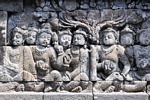 |
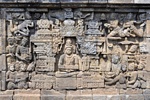 |
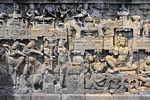 |
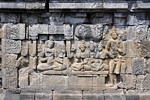 |
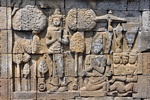 |
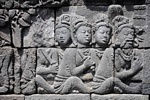 |
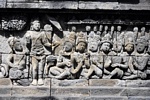 |
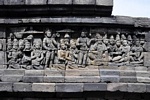 |
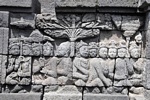 |
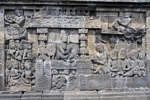 |
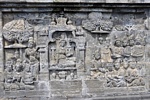 |
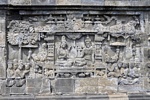 |
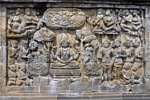 |
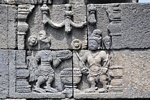 |
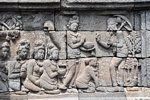 |
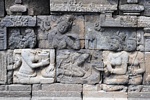 |
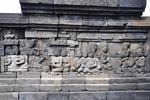 |
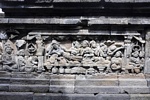 |
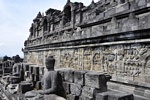 |
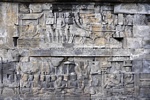 |
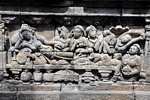 |
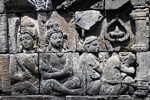 |
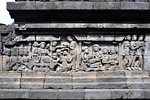 |
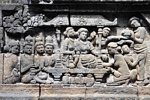 |
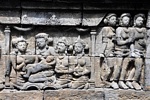 |
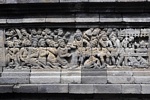 |
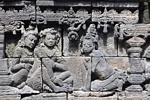 |
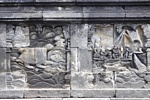 |
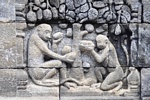 |
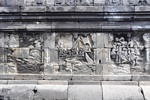 |
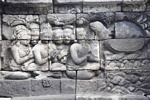 |
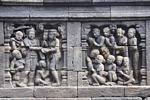 |
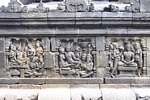 |
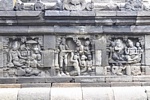 |
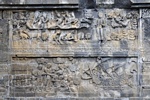 |
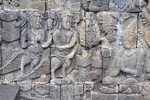 |
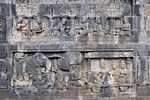 |
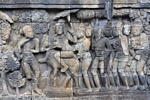 |
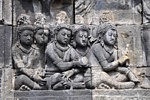 |
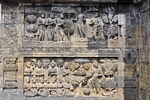 |
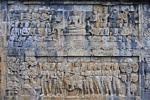 |
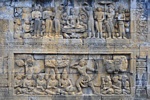 |
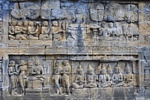 |
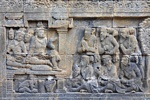 |
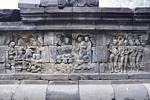 |
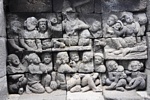 |
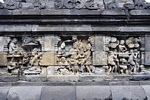 |
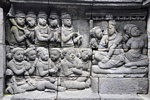 |
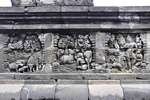 |
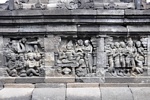 |
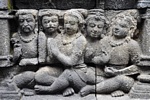 |
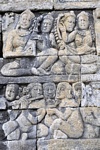 |
|
|
|
|
Mendut Temple and Candi Pawon |
|||
Mendut Temple (back) |
Sitting Buddha (more) |
Candi Pawon (more) |
|
Designed in collaboration with Vitalect, Inc. All rights reserved. |





